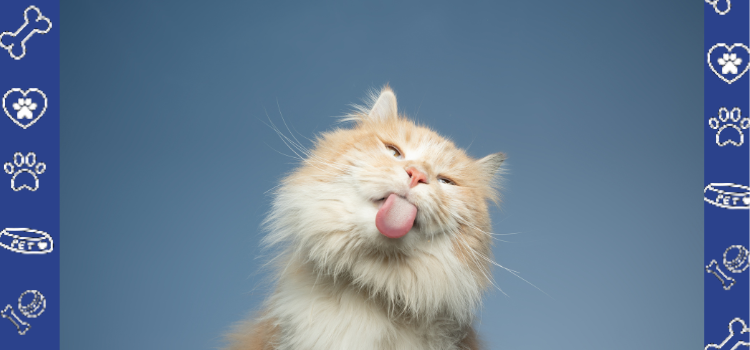Cat First Aid 101: How to Hand...

Cat First Aid 101: How to Handle Common Pet Emergencies at Home
As a devoted cat owner, ensuring the safety and well-being of your feline friend is a top priority. While no one wants to imagine an emergency situation, being prepared with basic first-aid knowledge can make all the difference in keeping your pet safe until professional veterinary care is available. Whether you're dealing with minor injuries or more serious conditions, knowing what to do in critical moments can help prevent further complications. At PetCerts.com, we not only support pet owners with resources like ESA housing letters, but we also believe in equipping them with essential knowledge to care for their beloved companions.
1. Assess the Situation and Stay Calm
In any emergency, your reaction plays a crucial role in the outcome. Cats can sense stress, so maintaining a calm demeanor will help keep them from panicking further. Always approach an injured cat cautiously, as pain and fear may cause even the gentlest pet to react defensively.
2. Common Cat Emergencies and How to Respond
Here are some of the most common emergencies cat owners may face and the best ways to handle them:
Bleeding and Wounds
-
If your cat is bleeding, apply gentle pressure to the wound with a clean cloth or gauze pad.
-
For severe bleeding, continue applying pressure for at least five minutes and seek veterinary assistance immediately.
-
Avoid using adhesive bandages, as they can damage your cat’s delicate skin.
Choking
-
If your cat is coughing, gagging, or pawing at its mouth, check for visible obstructions.
-
Do not blindly reach into the mouth, as this may push the object further.
-
If your cat is not breathing, try gentle chest compressions and seek emergency veterinary care immediately.
Poisoning
-
If you suspect your cat has ingested a toxic substance (such as certain plants, human medications, or household chemicals), contact your veterinarian or a pet poison control hotline.
-
Do not induce vomiting unless directed by a professional.
Seizures
-
Keep your cat away from objects that may cause injury.
-
Do not attempt to restrain your cat or put anything in its mouth.
-
Note the duration of the seizure and contact your veterinarian as soon as possible.
Heatstroke
-
Symptoms include excessive panting, lethargy, and drooling.
-
Move your cat to a cool area and apply cool (not cold) water to its paws and ears.
-
Offer small amounts of water and seek veterinary care immediately.
3. Preparing a Cat First Aid Kit
Having a first aid kit specifically for your pet can make all the difference in an emergency. Consider including:
-
Gauze pads and bandages
-
Antiseptic wipes
-
Digital thermometer
-
Tweezers (for splinters or insect stings)
-
Hydrogen peroxide (only for cleaning wounds, not for ingestion)
-
Emergency contact information for your vet
4. When to Seek Professional Help
While home first aid can provide temporary relief, it is never a substitute for veterinary care. If your cat is experiencing severe distress, difficulty breathing, uncontrolled bleeding, or any other alarming symptoms, seek professional help immediately.
5. Protecting Your Pet with an ESA Housing Letter
Beyond medical emergencies, ensuring a stress-free living environment is crucial for your cat’s overall well-being. At PetCerts.com, we help pet owners obtain ESA housing letters, allowing emotional support animals to live in pet-restricted housing without additional fees or restrictions. Having an ESA can provide comfort and emotional stability, making it even more important to keep your pet healthy and safe.
Being prepared for a pet emergency is an essential part of responsible pet ownership. By learning basic first aid techniques and having the right supplies on hand, you can confidently handle unexpected situations and protect your beloved feline. And when it comes to ensuring a secure home for you and your emotional support cat, PetCerts.com is here to help with hassle-free ESA housing letters.
Stay informed, stay prepared, and keep your cat safe and happy!